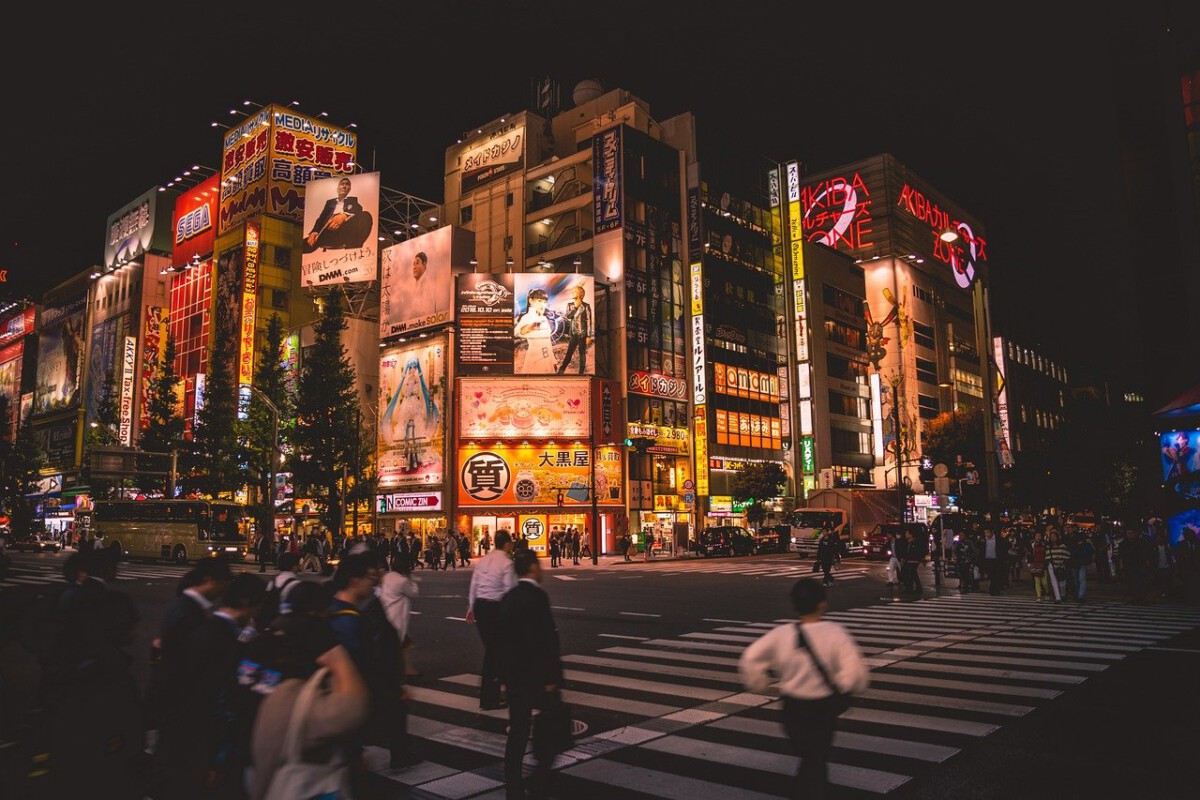Vienna, Austria: The Timeless Champion of Quality Living

Vienna has become almost legendary for its outstanding quality of life, and in 2025, it’s still setting the standard. The city stands out for its superb public transportation system, which allows residents to travel almost anywhere without the stress of traffic or delays. Healthcare is universally accessible and top-notch, with Austria ranking among the best in Europe for health outcomes. Safety is another huge draw, as Vienna’s crime rate sits at a reassuring 38.6 incidents per 1,000 people, making it a place where families and singles alike can walk the streets with peace of mind. Green spaces make up over half the city, providing plenty of opportunities for relaxation and outdoor activities. With rents averaging €1,200 for a central one-bedroom, Vienna manages to balance comfort with affordability. Cultural life flourishes here, from classical music concerts to vibrant street festivals, ensuring that boredom is a foreign concept. For many, Vienna’s blend of history, art, and safety feels almost too good to be true.
Zurich, Switzerland: Where Prosperity Meets Sustainability

Zurich is often described as the heartbeat of Switzerland’s prosperity, and it’s easy to see why so many people rate it highly for quality of life. The city’s unemployment rate remains impressively low at 3.2% in 2025, and salaries average a hefty CHF 80,000 per year, making daily life comfortable for most residents. Zurich’s public services are praised for their efficiency, from punctual trains to well-maintained parks. The city is also a leader in sustainability, with ambitious projects aimed at slashing carbon emissions and increasing renewable energy use. Healthcare is comprehensive, reflecting Switzerland’s high spending—12.5% of GDP—on health. This translates into excellent outcomes and quick access to treatment. Public spaces here are clean, safe, and inviting, and Zurich’s lakeside walks are the stuff of postcards. For those who crave a life that feels both secure and forward-thinking, Zurich is the place to be.
Copenhagen, Denmark: The Carbon-Neutral Pioneer

Copenhagen’s reputation as a haven for green living is well-earned, with the city achieving its ambitious goal of becoming the world’s first carbon-neutral capital by 2025. Residents benefit daily from an extensive network of 390 kilometers of bike lanes, making cycling safer and more pleasant than driving. The crime rate is remarkably low, at just 28.3 incidents per 1,000 people, fostering a strong sense of community and trust. Living costs are balanced, with average central rents at DKK 12,000, and healthcare as well as education remain easily accessible. Social equality is a core value, and everyone has access to public services without discrimination. Parks and clean waterways are commonplace, inviting people outdoors regardless of the season. Copenhagen’s blend of innovation, safety, and sustainability gives it a unique, inspiring energy that’s hard to find elsewhere.
Amsterdam, Netherlands: The Vibrant, Inclusive Gem

Amsterdam dazzles with its colorful history, picturesque canals, and lively arts scene, but its real strength lies in the quality of life it offers residents. The city is well-known for its safe environment, with a low crime rate of 34.5 incidents per 1,000 people. Healthcare and education are top-tier, ensuring that citizens can count on support at every stage of life. Getting around is easy thanks to a dense network of trams, buses, and ferries, freeing residents from the hassle of car ownership. The average city-center rent is about €1,800 for a one-bedroom, reflecting the city’s popularity. Amsterdam’s reputation for inclusivity and diversity means people from all backgrounds feel welcome and valued. Cultural festivals, museums, and street markets keep the city buzzing with life year-round. For anyone seeking a balance of excitement and security, Amsterdam is a clear winner.
Melbourne, Australia: Diversity and Culture Down Under

Melbourne remains a shining example of multiculturalism and high living standards, with over 30% of its population born overseas. Education is a strong focus, with world-class universities and schools, while healthcare is accessible and effective, helping push average life expectancy to 84 years. The cost of living is moderate for a global city, with central apartments averaging AUD 2,500 per month. Melbourne’s calendar is packed with festivals, concerts, and sports events, offering something for everyone. Outdoor parks and recreational areas encourage an active lifestyle and help foster a sense of community. Public safety is prioritized, and residents enjoy a stable environment with low crime rates. The city’s food scene is legendary, reflecting its diverse population and love for innovation. Living in Melbourne feels like being at the crossroads of the world—vibrant, safe, and endlessly interesting.
Vancouver, Canada: Nature’s Urban Playground

Vancouver’s breathtaking natural surroundings are matched only by its high standard of urban living. The city enjoys a low crime rate of 39.2 incidents per 1,000 residents, reassuring for families and newcomers alike. Healthcare is among the best in Canada, and public transport makes getting around the city simple and convenient. Rent for a one-bedroom apartment in the city center averages CAD 2,200, reflecting Vancouver’s desirability. The population is notably diverse, with immigrants making up more than half of all residents, creating a rich cultural tapestry. Sustainability initiatives are everywhere, from green roofs to extensive recycling programs, helping the city stay clean and green. Parks, beaches, and mountains are never far away, making Vancouver a paradise for outdoor enthusiasts. Whether you crave urban excitement or quiet moments in nature, Vancouver delivers.
Helsinki, Finland: The Nordic Standard of Comfort

Helsinki has quietly built a reputation for being one of the safest and most comfortable cities in the world. The crime rate here is just 29.1 incidents per 1,000 people, giving residents peace of mind. High-quality public education and healthcare are available to all, part of Finland’s world-renowned welfare system. Rents are reasonable, with a one-bedroom in the city center going for about €1,500, and public services are both efficient and accessible. Helsinki’s commitment to sustainability shows in its green energy projects and clean urban spaces. The city is also a cultural hotspot, with music, design, and art playing a central role in daily life. Social equality is strongly valued, fostering a sense of inclusion and trust. For those seeking a calm, balanced life with a dash of Nordic creativity, Helsinki is the place to be.
Tokyo, Japan: The Safe and Electrifying Metropolis

Tokyo stands as a marvel among global cities, seamlessly blending safety, tradition, and modernity. With a shockingly low crime rate of 16.3 incidents per 1,000 residents, Tokyo is one of the world’s safest cities. Public transportation is efficient and far-reaching, making commutes quick and reliable. The average rent for a one-bedroom apartment in the city center is around ¥150,000, reflecting Tokyo’s balance between affordability and world-class amenities. Healthcare is advanced, with residents enjoying easy access to medical services. The city’s parks and open spaces offer a welcome break from the urban rush, and the culinary scene is endlessly inventive. Tokyo’s unique culture—where ancient temples sit next to neon-lit skyscrapers—gives the city a pulse that never stops. For many, Tokyo’s blend of excitement and stability is unbeatable.
Singapore: Clean, Safe, and Exceptionally Efficient

Singapore’s reputation for quality of life is hard-earned and well-deserved. The crime rate is impressively low at 26.5 incidents per 1,000 residents, contributing to a strong sense of safety. Residents enjoy an average salary of SGD 60,000 per year, making it possible to handle the relatively high cost of living—central rents average SGD 3,000 for a one-bedroom unit. Healthcare is among the world’s best, with efficient services and short waiting times. Public transport is widespread and ultra-reliable, connecting every corner of the city-state. Cleanliness is a point of national pride, with strict regulations ensuring tidy streets and well-maintained public spaces. Singapore’s multicultural society is reflected in its food, festivals, and neighborhoods, making it a vibrant and welcoming place to call home. The city’s focus on innovation and security keeps it at the top for quality living.
Detroit, USA: A City Struggling to Rise Again

Detroit’s challenges in 2025 are still daunting, with the city battling a high crime rate—1,965 incidents per 100,000 residents. Economic recovery has been slow, and unemployment sits at 8.6%, much higher than the national average. While rents are relatively low at around $1,200 for a central apartment, many residents face ongoing financial hardship. Infrastructure problems, from unreliable public transport to aging utilities, make daily life tough for many. Public services are often stretched thin, and healthcare access can be inconsistent. Despite efforts to revitalize neighborhoods, many areas still struggle with abandoned buildings and a lack of investment. Detroit’s story is one of resilience, but for now, it remains a city that many would think twice about calling home.
Caracas, Venezuela: The Grim Reality of Instability

Caracas continues to face some of the world’s highest crime rates, with 111.2 homicides per 100,000 residents as of 2025. The city’s economy is in deep trouble, with inflation and shortages of basic goods creating daily hardships for locals. Healthcare facilities are underfunded, often lacking even the most basic supplies and medicines. Rent is low at around $150 for a one-bedroom apartment, but even this can be out of reach for many due to widespread poverty. Infrastructure is deteriorating, with frequent power outages and unreliable public transport. Pollution is a constant concern, adding another layer of difficulty to daily life. Safety is a major worry, making Caracas a city best avoided for now.
Baghdad, Iraq: Still Searching for Stability

Baghdad’s long struggle with conflict and instability continues to impact quality of life in profound ways. The crime rate is high at 80.1 incidents per 1,000 residents, and security concerns dominate daily routines. Public services, from water to electricity, can be unreliable, and healthcare facilities are often overwhelmed. Rent is modest at about $300 for a central apartment, but economic opportunities are limited and many residents face hardship. Infrastructure repair and development lag behind, making commutes and daily tasks challenging. The city’s rich history and culture are overshadowed by ongoing violence and uncertainty. For those living in Baghdad, safety and basic services remain the biggest concerns in 2025.
Dhaka, Bangladesh: Overcrowded and Under Pressure

Dhaka’s explosive population growth has put tremendous strain on the city’s resources and infrastructure. The crime rate is 60.5 incidents per 1,000 residents, and public services like water, electricity, and waste management often fall short. Rent is low at around $250 for a central apartment, but high unemployment and low wages make it difficult for many to afford even basic housing. Pollution is a daily challenge, with air and water quality among the worst in the world. The city frequently faces flooding, especially during monsoon seasons, disrupting lives and damaging homes. Traffic congestion is legendary, turning short commutes into hours-long ordeals. Living in Dhaka can feel overwhelming, with overcrowding and environmental hazards compounding daily struggles.





